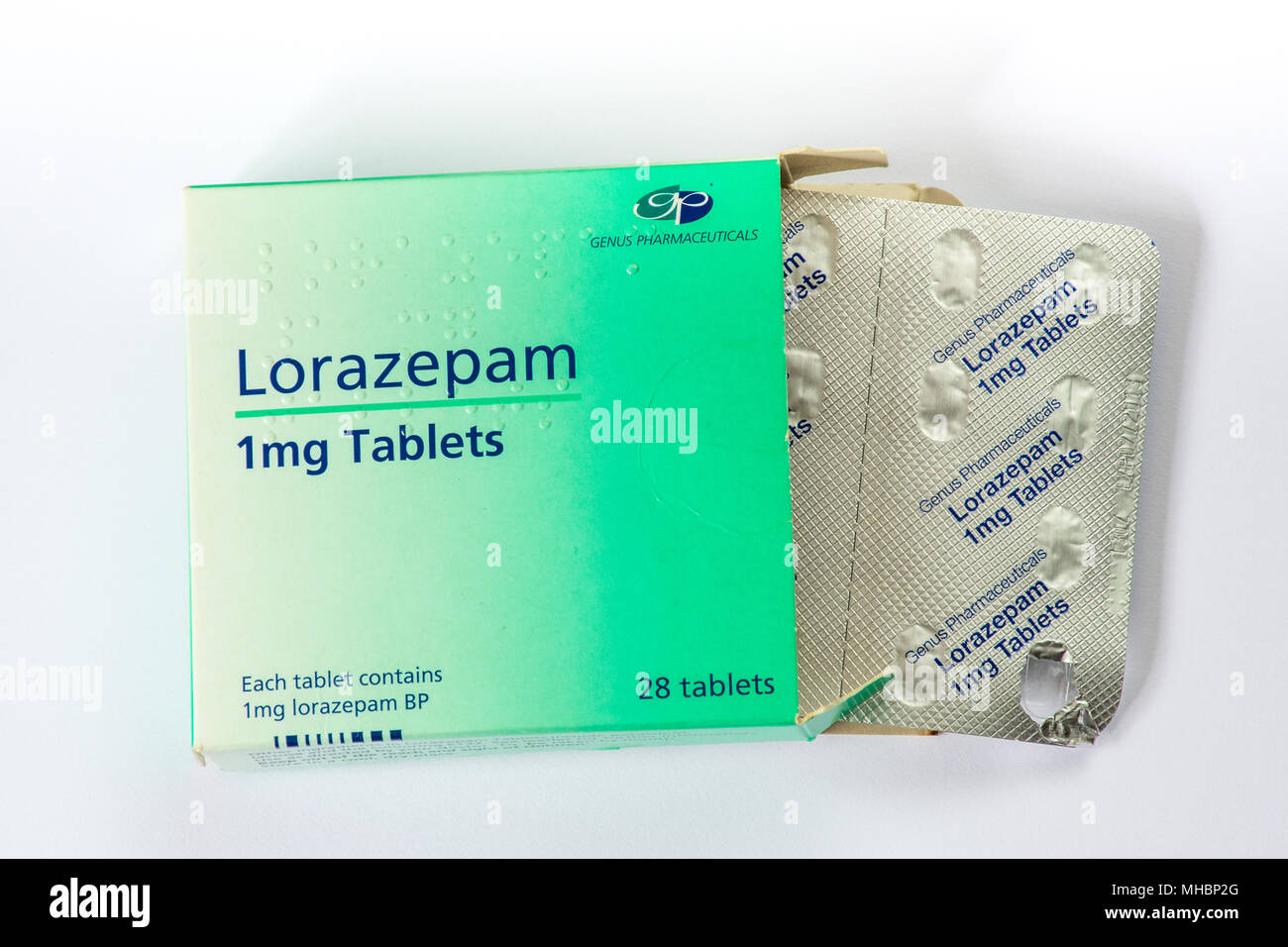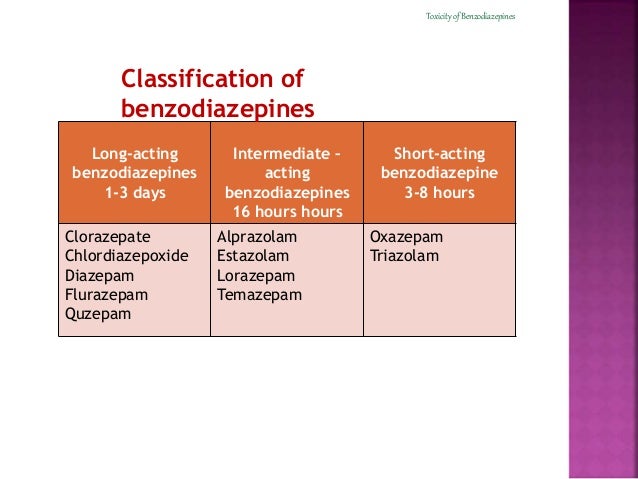


Lorazepam is more likely to require repeat dosing than droperidol. A normal dose of Ativan is between 2 to 6 milligrams (mg). There is no conclusive research on the lethal dose of Ativan. Though an overdose can occur if more than the recommended dose is ingested, death is not a likely result of overdosing on Ativan. We conclude droperidol produces a more rapid and profound sedation than lorazepam for methamphetamine toxicity. Ativan is a medication that’s used in the treatment of anxiety disorders. Both drugs produced significant reduction in pulse, systolic blood pressure, respiratory rate, and temperature over 60 min. More repeat doses of lorazepam were given (26) than droperidol (6) at 30 min. Patients receiving droperidol had significantly improved sedation scores at times 10, 15, 30 and 60 min than lorazepam (p < 0.001). Both drugs had similar sedation profiles at 5 min. Seventy-four patients received lorazepam and 72 received droperidol. Toxicology screen, ethanol and creatinine phosphokinase levels were obtained. If sedation was inadequate, repeat dosages of each drug could be repeated at 30 min. Vital signs were recorded at time 0 and at 60 min. Sedation scores were recorded at time 0, 5, 10, 15, 30 and 60 min. A 6-point sedation scale was devised, with 6 representing extreme agitation and 1 deep sleep. Patients were randomized to receive either lorazepam or droperidol intravenously. To determine the efficacy of a benzodiazepine versus a butyrophenone for chemical restraint we conducted a prospective, randomized study at a large urban university ED between January 1995 and January 1997. Patients with methamphetamine toxicity often present to the emergency department (ED) agitated, violent and psychotic.


 0 kommentar(er)
0 kommentar(er)
